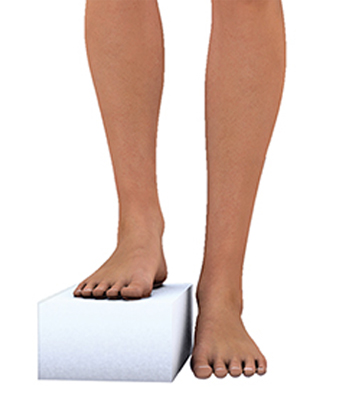Leg length discrepancy (Limb Length Discrepancy), also known as anisomelia, in which two limbs are of unequal lengths. Most people have some degree of leg length discrepancy, but larger differences can affect well-being and quality of life by keeping you from participating in the activities you like.
Common Causes of Leg Length Discrepancy
While differences in arm lengths often require no treatment, a leg length discrepancy can cause a noticeable limp or make it difficult to run or play. When the difference measures more than 1.5 to 2.0cm (5/8 in) in length, most physicians recommend having it evaluated. Depending on your overall height, this amount of leg length discrepancy may need to be treated.
Leg length discrepancy has many causes, which can be divided into four main groups:
- Congenital – With congenital cases, a leg length discrepancy is apparent at birth. Generally, the length of the discrepancy is greater, and it increases progressively over time.
- Developmental – Caused by illness or a growth plate injury, developmental cases result in a discrepancy that appears over time, as the injury or illness slows the growth of one leg.
- Post-traumatic – Fractures and other traumatic injuries to the bone may heal incorrectly, causing one leg to be shorter than the other; however, in some cases, these injuries can also speed up the growth of the injured leg.
- Bone tumors – Both bone tumors and the treatments designed to eradicate them can affect bone growth. This is especially true if the illness happens in infancy.
In some cases, the cause of leg length discrepancy is “idiopathic,” or unknown. While the exact cause of the condition may not be known, a healthcare professional who specializes in leg length discrepancy can still work with you or your loved one to decide what treatment, if any, is best for your situation.

READY TO TAKE
THE NEXT STEP?
“It’s surreal to think about the fact that I’ve gotten back to this point in my life.” – Mark DuMoulin
